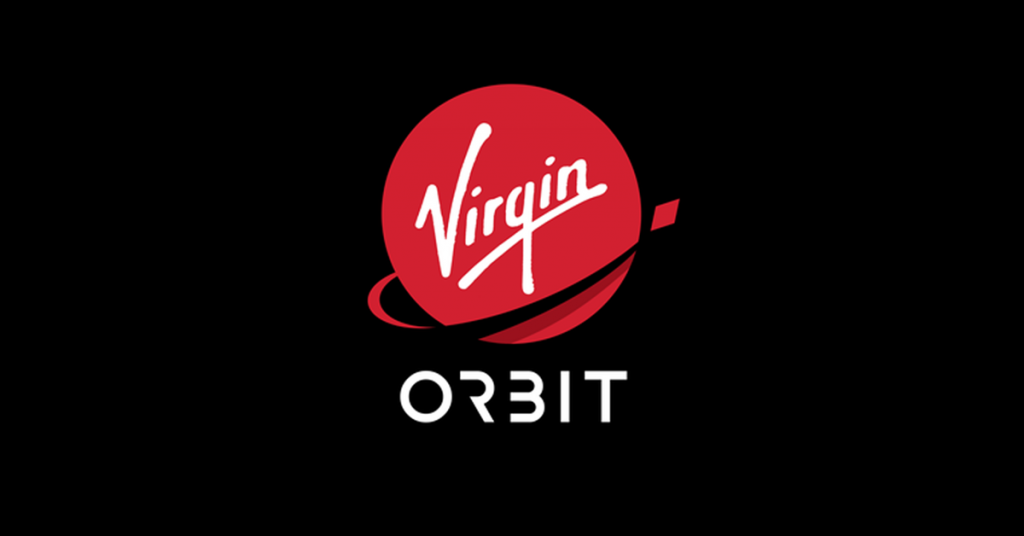Analyst: Virgin Orbit under the microscope
April 18, 2023

A report from analysts at Quilty Space (the former Quilty Analytics) takes a forensic look at the reasons behind the collapse of Sir Richard Branson’s Virgin Orbit, and reports on what contributed to the project’s failure and entry into Chapter 11 reconstruction.
Quilty reminds readers that Virgin Orbit was unveiled back in 2012 and has since soaked up more than $1 billion for the LauncherOne concept with cash from Branson and Abu Dhabi sovereign wealth fund Mubadala Investment. Quilty says that some blame the loss of a Rocket in January for Virgin orbit’s collapse, noting: “Those of us who closely follow the space economy believe the VORB demise is much more nuanced than that. And while the situation is complex, our team breaks down the top six factors contributing to the collapse of Virgin Orbit.”
Spun off from Branson’s Virgin Galactic tourist scheme in 2017, Quilty adds: “At that time, the newly branded Virgin Orbit was riding high on the back of a 39-launch contract with OneWeb, the recent ground-breaking for a new manufacturing plant in Long Beach, California, and plans to achieve a debut launch the following year. With billionaire backers, an impressive backlog, and a first-mover advantage, Virgin Orbit showed no signs of flying too close to the sun. Yet, the company’s Daedalus-like reckoning was imminent.”
“Virgin Orbit was one of 12 space companies that went public between 2020 and 2022 by merging with a blank-check SPAC (Special Purchase Acquisition Company), an approach that had limited regulatory oversight until the US Securities and Exchange Commission began to clamp down in April 2021. In the early days of the SPAC boom, companies were often successful in reaching their nine-figure fundraising targets, but the party didn’t last forever. SPAC redemptions – i.e., SPAC shareholders ‘withdrawing’ their funds before completion of the IPO, thereby reducing the financing proceeds available for the company – were beginning to rise as investors grew wary of the structure by the time Virgin Orbit reached the market.”
Virgin Orbit was anticipating aiming for $483 million in gross proceeds, but an 82 per cent redemption rate slashed the final amount to $228 million, just 47 per cent of their goal. And that was before paying deal fees and expenses. Faced with a massive funding shortage, Virgin Orbit changed plans almost immediately after the IPO, engaging with Goldman Sachs and Bank of America in early 2022 to assess a range of strategic options, including sale and financing opportunities. But given the difficult backdrop, further hindered in 2023 by its January launch failure, Virgin Orbit was unable to close the transaction.
Quilty points out Virgin Orbit was burning through cash at a rate of some $50 million per-quarter during 2022. The January launch failure exacerbating an already critical cash position.
From November 4th 2022 to March 30th 2023, Virgin Orbit issued $70.9 million in debt to Virgin Group’s investment arm, Virgin Investments Limited, across five secured note issuances, with the final $10.9 million used to fund severance payments to employees and close shop, says Quilty.
Quilty Analytics estimates that Virgin Orbit spent ~$120 million on a full-year 2022 basis for SG&A, growing total SG&A costs by another 29 per cent year-over-year (and nearly 3x from 2020), while failing to meet even 50 per cent of its revenue target. In short, the company’s employee costs were out of control.
Also catastrophic was the loss of the OneWeb 39-launch contract, and potentially another 100 more – and which resulted in a lawsuit from Virgin.
“Absent OneWeb, Virgin Orbit never found another anchor customer that could ensure a steady flight rate for LauncherOne. Even though Virgin Orbit had an impressive list of government customers (NASA, the Space Force, and the Missile Defense Agency, among others), none provided big, factory – filling orders. This left Virgin Orbit conducting one-off missions and rideshares packed with cubesats, which contributed to a slow launch cadence. Then there were the delays.”
Quilty reminds readers that that LauncherOne’s initial debut was supposed to be 2016, but constant delays – and switching from WhiteKnightTwo to Cosmic Girl (the modified Boeing 747) – all added to those delays.
With the delays came the loss of contracts, Quilty continues: “These delays almost certainly influenced why none of the customers announced in 2012 – GeoOptics, Skybox Imaging, Spaceflight, and Planetary Resources – ever flew on LauncherOne (Skybox, which was later acquired by Google, specifically said it wanted dedicated small launch services, but LauncherOne wasn’t available while the company deployed its constellation).”
Meanwhile, competition from other launchers was piling in. SpaceX exists with its attractive – and dependable – Transporter scheme, but there are others. Virgin Orbit also made flawed investments in early-stage satellite businesses.
Chapter 11 should give Virgin Orbit’s launch capability a new lease on life, though what emerges could look strikingly different from before. And while Virgin Investments is well-positioned to gain control of the company through the bankruptcy process if it chooses to do so, Quilty sees other options potentially happening.
Other posts by Chris Forrester:
- Virgin Galactic in stock split
- Thuraya-3 suffers major problem
- AST SpaceMobile hit by Class Action
- Optimism under threat at SES
- Rivada visits Terran Orbital’s manufacturing HQ
- Avanti wins spectrum debt obligation case
- SpaceX breaks records for re-use launchers
- IRIS2 already in trouble?
- Intelsat contemplates next steps
